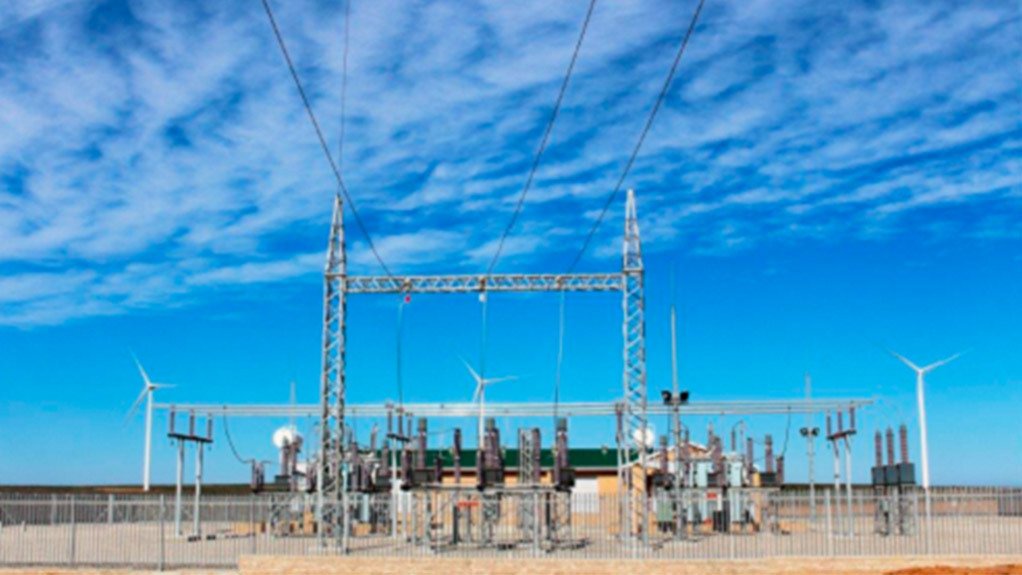- Operation Vulindlela Phase 1 Review4.11 MB
The Presidency does not anticipate that Eskom’s move to reserve scarce grid capacity for independent power producers (IPPs) participating in public procurement bidding rounds will disrupt the more than 130 private IPP projects being advanced outside of those processes to supply private consumers.
Speaking during a briefing convened to report back on the reforms implemented under Operation Vulindlela, including those undertaken to address South Africa’s loadshedding crisis, the Presidency’s project management unit head Rudi Dicks lauded the progress being made through the Energy One Stop Shop to support the private projects stimulated by the reform to allow grid-connected private projects of any size to proceed without a licence.
The pipeline of such projects had increased significantly and currently represented a combined capacity of 22.5 GW and an estimated investment value of R390-billion.
The projects, he stated, were also additional to those that would be bid as part of various public procurement processes being advanced in line with Section 34 of the Electricity Regulation Act, where Ministerial determinations had been issued for the procurement of about 10 000 MW of wind, solar PV and gas-to-power generation, as well as battery energy storage.
Asked by Engineering News whether private IPP investment could be undermined by Eskom’s application to the National Energy Regulator of South Africa for permission to discriminate in favour of Section 34 IPPs Dicks said: “This does not impact on the existing 22 500 MW pipeline, as many of [those projects] have already been through [the process of securing grid connection] budget quotes.”
He argued, too, that Eskom was not seeking to preserve capacity across the entire grid system, but rather to ensure that there was sufficient grid capacity for wind projects in light of the disappointment of Bid Window Six (BW6) of the Renewable Energy Independent Power Producer Procurement Programme, when no wind IPP was selected for the 3 200 MW initially allocated.
This failure was attributed to the fact that the grid capacity that formed the basis for the bids by wind IPPs that submitted BW6 bids was allocated to private IPPs, which were allocated that same capacity under Eskom’s prevailing ‘first come, first served’ grid-access rules. These have since been adjusted under Eskom’s 2023 Interim Grid Capacity Allocation Rules to ‘first ready, first served’.
Defending Eskom’s application for permission to reserve grid for public procurement, Dicks said: “It is important for us, in terms of broader public interest, that we ensure that we don’t have a similar situation that happened during Bid Window Six, where [Bid Window Seven] potentially fails.”
Earlier this year, the deadline for bid submissions under BW7 was extended by a month to May 30 to accommodate both grid-connection uncertainty and a curtailment addendum to the Grid Capacity Connection Assessment (GCCA 2025) published by Eskom in January.
The GCCA 2025 addendum states that 3 470 MW of additional grid capacity to connect wind generation will be made available by accepting a “reasonable share of no more than 10% of curtailment”. A total of 2 680 MW of this capacity is available in the Western Cape and 790 MW in the Eastern Cape.
Dicks would not be drawn, meanwhile, on whether President Cyril Ramaphosa would sign the Electricity Regulation Amendment Bill, some aspects of which have been criticised, following its passing on May 16 by the National Council of Provinces.
However, the Operation Vulindlela ‘Phase 1 Review’ document published on May 22, specifically outlines the priorities for electricity reform “following the passage of the Electricity Regulation Amendment Bill”.
It states that, during the “next phase” reform will focus on completing the restructuring of Eskom, establishing a competitive wholesale electricity market, and taking forward the reform of the electricity distribution industry.
“A particular focus will be on accelerating the expansion of the transmission network to accommodate the scale-up of renewable energy sources in areas where grid capacity is constrained, including through enabling Independent Transmission Projects.
“Several key actions are already under way in this regard, and are expected to continue as part of Phase II of Operation Vulindlela,” the document reads.
Reference to Phase 2 presupposes, however, that Ramaphosa will return as President following the May 29 elections, which are expected to be the most competitive since 1994.
The Presidency and the National Treasury indicated that the continuation of Operation Vulindlela was being treated as the “base case”, with director-general Phindile Baleni indicating that the methodology had delivered results in the five priority areas of electricity, freight logistics, water, telecommunications and visa reform.
She, thus, indicated that there would be a benefit in carrying over the Operational Vulindlela initiative into the next administration.
EMAIL THIS ARTICLE SAVE THIS ARTICLE ARTICLE ENQUIRY
To subscribe email subscriptions@creamermedia.co.za or click here
To advertise email advertising@creamermedia.co.za or click here











